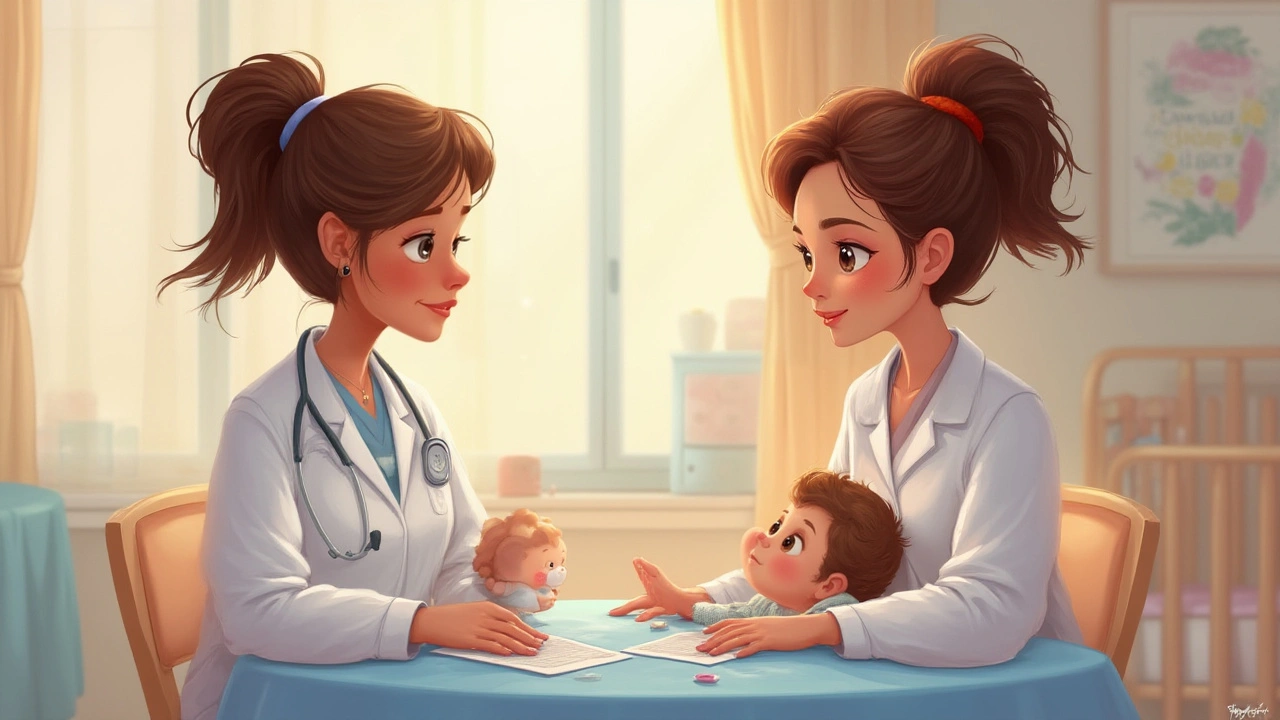Clotrimazole Safety for Babies: A Practical Guide for Parents
If your baby has a fungal rash, you might wonder whether clotrimazole cream is a good choice. The short answer is that it can be safe, but only when you follow a few simple rules. Below we break down the age limits, how much to use, what to watch for, and when to look for other options.
When Can You Use Clotrimazole on a Baby?
Most clotrimazole products are labeled for children 2 years and older. Some pediatricians will approve it for younger infants if the rash is confirmed to be a fungus and other treatments have failed. Before you put any cream on a newborn, ask your doctor to confirm the diagnosis.
The usual dosage is a thin layer applied to the affected area twice a day. For babies, a pea‑sized amount is enough—no need to overload the skin. Apply after a diaper change, let the skin dry, and then put on a clean diaper.
What to Watch for After Applying Clotrimazole
Even when used correctly, clotrimazole can cause irritation. Look out for redness that spreads, swelling, or a rash that feels hot to the touch. If you see these signs, wash the area with mild soap and water and stop using the cream.
Rarely, babies can develop an allergic reaction. Symptoms include itching, hives, or difficulty breathing. If any of these appear, seek medical help right away.
Because babies have thin skin, it’s important to avoid covering the treated spot with a tight bandage. Let the cream breathe; a loose diaper is fine.
If your baby is premature or has a weakened immune system, tell the pediatrician before using any antifungal. In those cases, the doctor may choose a different medication or a shorter treatment period.
Safe Alternatives and Helpful Tips
For most diaper rashes, a simple barrier cream with zinc oxide works well and has a safety track record for newborns. Keep the diaper area clean and dry, change diapers often, and use breathable wipes.
If you suspect a fungal infection, a pediatrician might prescribe a prescription‑strength antifungal or suggest a short‑term clotrimazole course. Always follow the doctor’s directions and finish the full treatment, even if the rash looks better early on.
Store clotrimazole at room temperature and keep the tube tightly closed. A cracked or expired tube should be tossed out.
In short, clotrimazole can be safe for babies when:
- You have a doctor’s okay.
- You use a tiny amount, twice daily.
- You watch for irritation or allergic signs.
- You don’t cover the area with a tight bandage.
When in doubt, stick with diaper‑friendly barrier creams and good hygiene. Talk to your pediatrician, and you’ll know the best way to keep your baby’s skin calm and healthy.
Wondering about using clotrimazole for your baby? Get detailed insights on safety, dosing, absorption, and irritants—straight from pediatrician experience.

